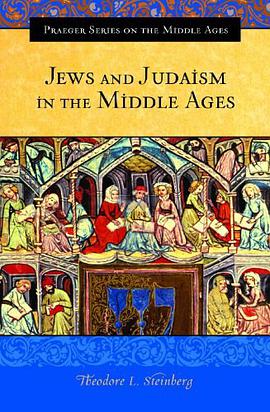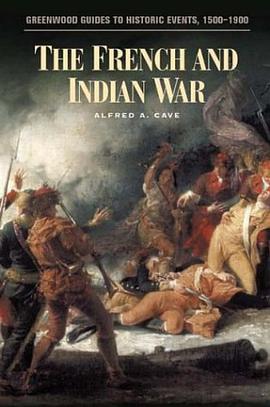

具体描述
Theodore Steinberg illuminates many aspects of medieval Jewish life, not as historical curiosities but as living history. He follows two major themes - the survival and accomplishment of Judaism in a world that became increasingly hostile and the survival of rabbinic Judaism - but also attempts to capture what life might have been like for Jewish men and women as they went about their ordinary activities. Despite popular misconceptions, Jewish life in the Middle Ages was not merely a succession of horrors. There were horrors aplenty - massacres, oppression, absurd accusations, expulsions - but Judaism during what we call the Middle Ages must not be defined by those horrors. The survival of the Jews in the face of those horrors is, on one level, miraculous; but on another level, mere survival may not in itself be significant. What is more so is that in the face of those horrors, Jews created a vibrant personal, moral, intellectual, artistic culture.In the Middle Ages, philosophy and religion were often intertwined. Perhaps the greatest accomplishment of medieval Jewry, however, and a major theme throughout this study, is the creation, transmission, and development of rabbinic Judaism. Even though Judaism continued to develop after the Middle Ages, that medieval construct continues to exercise a powerful influence on modern Judaism.
作者简介
目录信息
读后感
评分
评分
评分
评分
用户评价
相关图书
本站所有内容均为互联网搜索引擎提供的公开搜索信息,本站不存储任何数据与内容,任何内容与数据均与本站无关,如有需要请联系相关搜索引擎包括但不限于百度,google,bing,sogou 等
© 2026 book.wenda123.org All Rights Reserved. 图书目录大全 版权所有




















